Keeping Your Polka Dot Begonia Happy: A Real-Talk Guide
I’ve been around houseplants my whole life, from massive commercial greenhouses to my own slightly-too-crowded living room, and some plants just have a certain magic. The Polka Dot Begonia is definitely one of them. I’ll never forget the first one I really paid attention to. It was a lanky, forgotten thing in an office, but even then, its leaves were stunning: deep green with these almost-painted-on silver spots and rich, red undersides. I took it home, and bringing it back to life taught me everything.
In this article
And that’s the thing—it’s not a super difficult plant, but it is particular. It’s not a succulent you can forget for a month or a pothos that thrives on neglect. People get frustrated because they treat it like any old houseplant, but its needs are unique. Its origins are in the humid rainforests of South America, and if you can just try to mimic that a little, you’ve already won half the battle. So, let’s skip the overly technical jargon and get straight to the practical stuff that actually works.
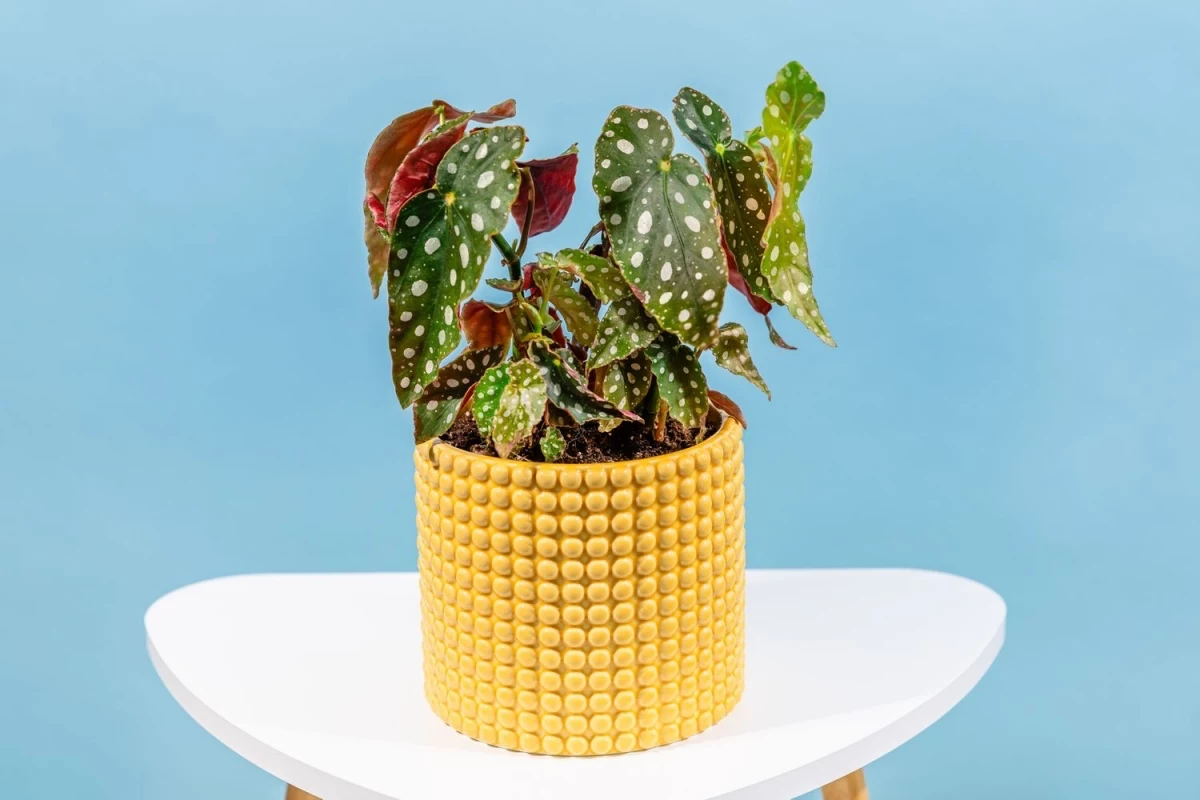
The ‘Why’ Behind This Fussy Plant
Understanding why your begonia acts the way it does is the key to not panicking when a leaf turns yellow. This isn’t just trivia; it’s your diagnostic toolkit.
This is a “cane” type begonia, which basically means it grows on these upright, bamboo-like stems. You’ll see little joints or nodes along the stem, and that’s where new leaves and branches pop out. If you just let it go, it’ll shoot for the sky and get all leggy, dropping its lower leaves. That’s totally normal! In the wild, it’s reaching for the light. But in our homes, it means we need to prune it to keep it looking full and bushy instead of like a sad little tree.
And what about those famous leaves? The silver spots are more than just pretty; they’re little areas without chlorophyll that might help the leaf manage the dappled light of a forest floor. The deep red on the back? That’s thanks to special pigments that act like tiny mirrors, bouncing any missed light back into the leaf for a second chance at photosynthesis. It’s an incredibly efficient system for a low-light environment.
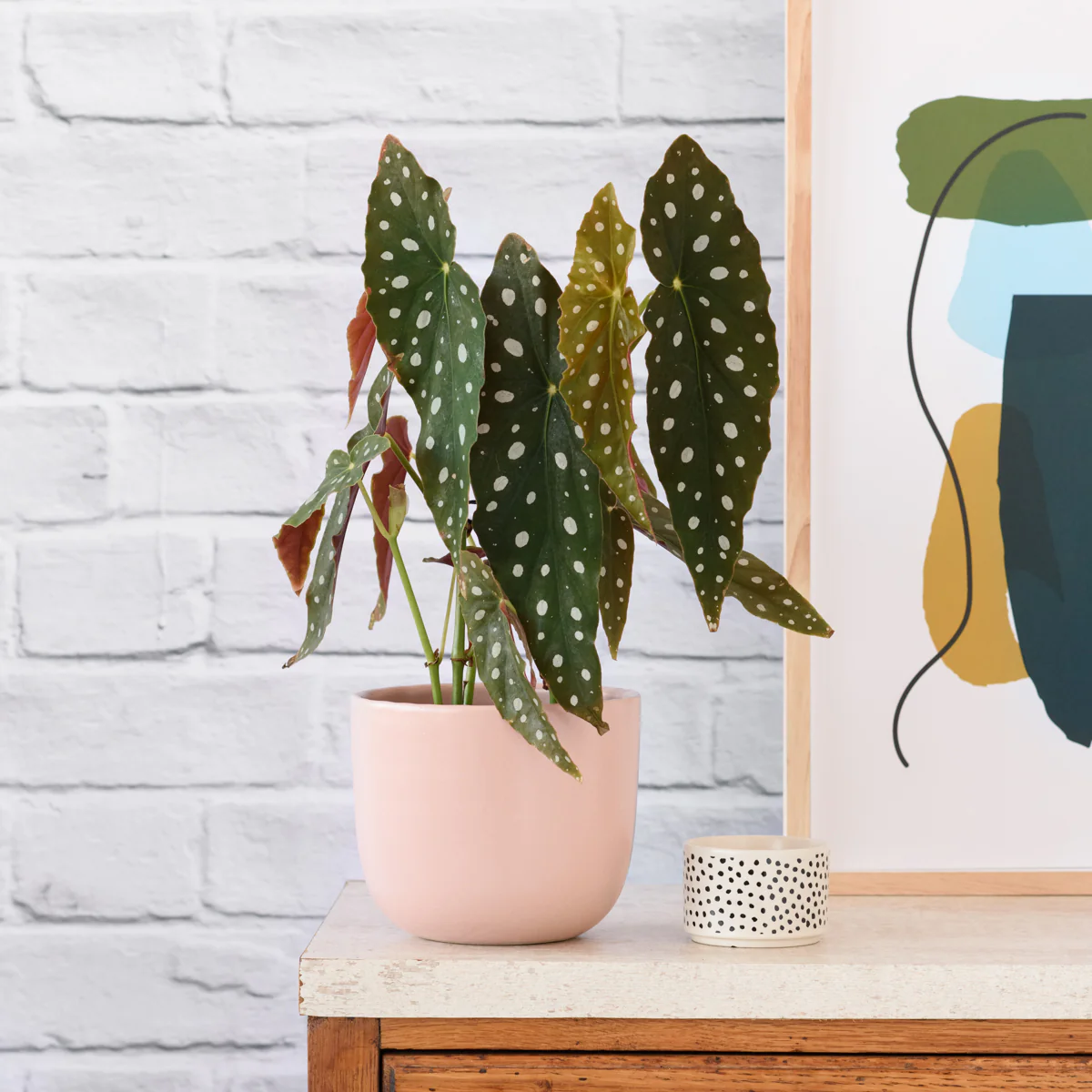
Heads up on this one: All parts of the Polka Dot Begonia are toxic if chewed on by pets or people. The plant has these tiny, sharp crystals that cause immediate pain and irritation in the mouth. It’s no joke. The highest concentration is in the roots, but it’s everywhere in the plant. So please, make sure you place it well out of reach of curious cats, dogs, and toddlers.
Getting the Daily Care Right (This is 90% of the Work)
If you can nail these four things, you’ll be in great shape. Consistency is way more important than getting it perfect every single time.
Lighting: What ‘Bright, Indirect’ Actually Means
Everyone says “bright, indirect light,” but what is that? Think of it this way: The plant wants to see the sky for several hours, but it doesn’t want the sun’s rays to hit it directly. An east-facing window is often perfect, giving it gentle morning sun. A spot a few feet back from a south or west-facing window works great, too. A sheer curtain is your best friend here. If the stems get really long and the leaves are small, it’s begging for more light. If you see brown, crispy patches, it’s sunburnt.
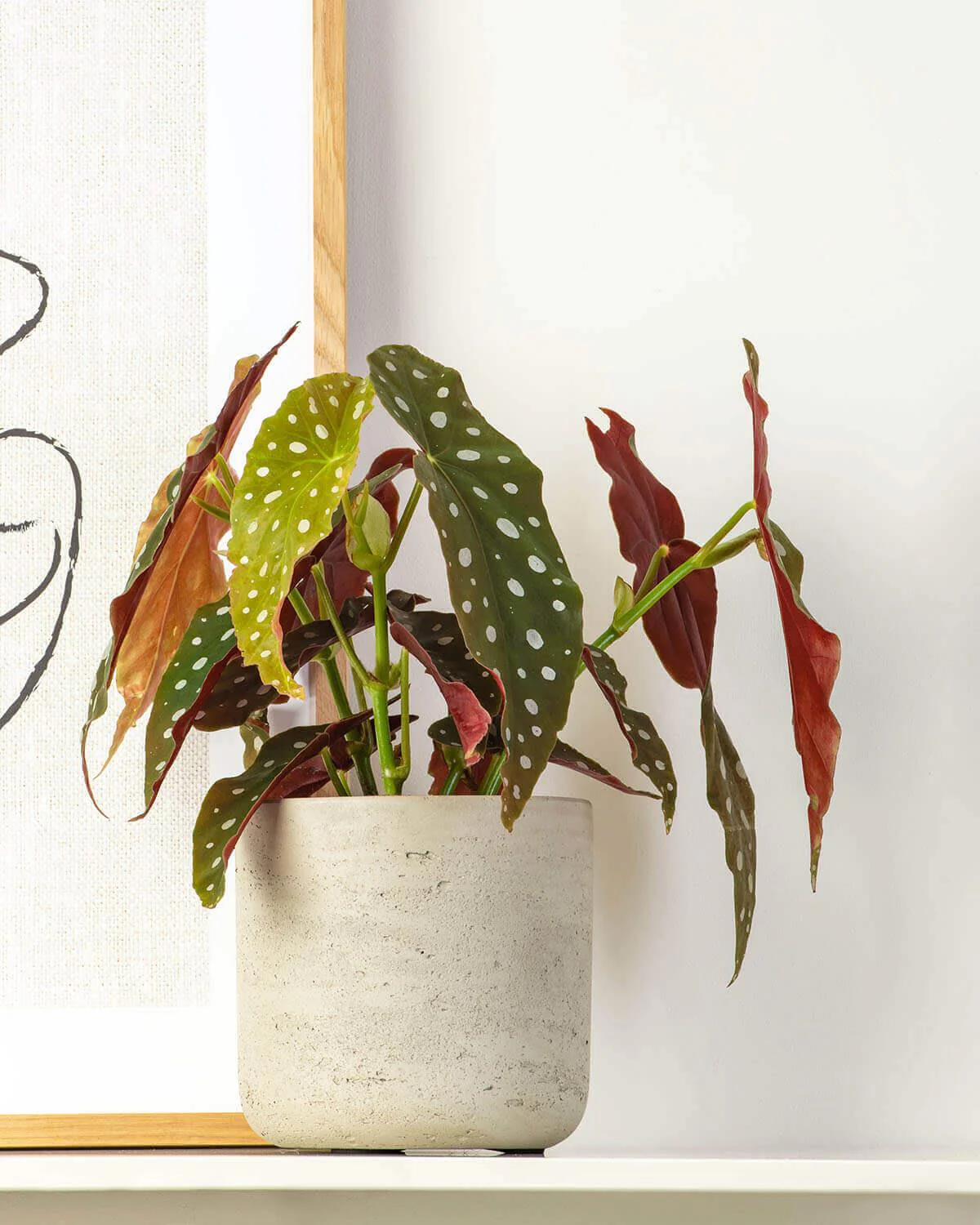
Watering: The #1 Place People Go Wrong
Honestly, overwatering is the biggest killer of these guys. Their fine roots just can’t handle sitting in soggy soil; they’ll suffocate and rot. So how do you know when to water? First, the finger test. Stick your finger an inch or two into the soil. If it feels dry, it’s time. If you feel any moisture at all, wait another day or two.
But here’s the other big sign to watch for: underwatering. A thirsty begonia will look droopy and dramatic. Its leaves and stems will go limp. The good news? It usually perks right back up within a few hours of a good drink. This is much easier to fix than overwatering!
When you do water, take it to the sink and drench it until water pours out of the drainage holes. This flushes out mineral buildup and ensures all the roots get a drink. Let it drain completely before putting it back. NEVER let it sit in a saucer full of water. In my house, in a 6-inch pot, this usually means watering about every 7-10 days, but you’ll need to adjust for your own home’s conditions.
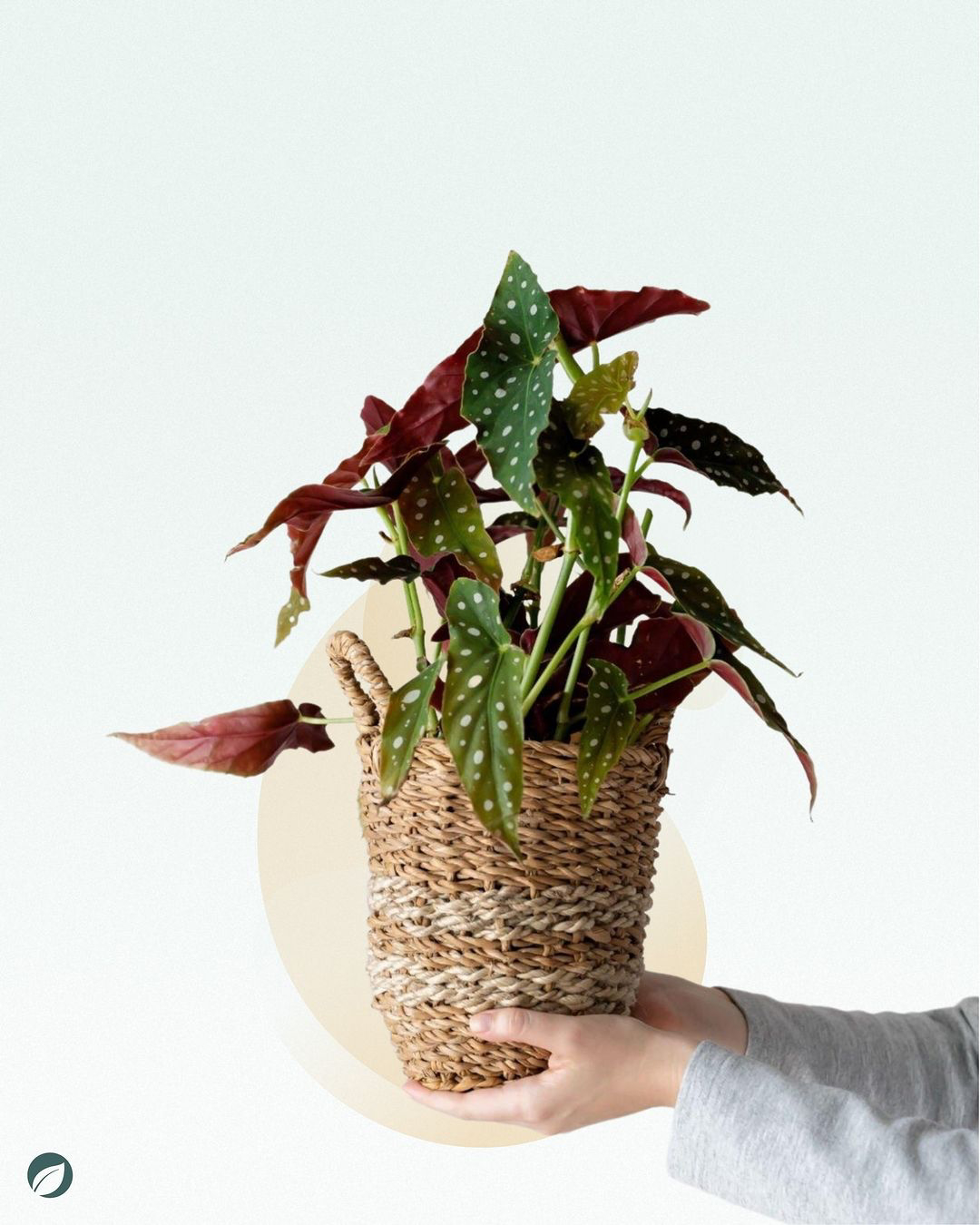
Quick tip: If you use tap water, let it sit out overnight. This allows some of the chlorine to evaporate, which can prevent those dreaded crispy brown leaf edges.
Soil: The Secret Sauce for Happy Roots
Please don’t use regular potting soil straight out of the bag. It’s way too dense. You need a mix that’s chunky and airy. Here’s a super simple, can’t-fail recipe you can mix up yourself:
- 2 parts good quality potting mix (as a base)
- 1 part perlite (the little white rocks for drainage)
- 1 part orchid bark (for chunkiness and air flow)
That’s it! You can find these ingredients at any local nursery or in the garden section of a big box store like Home Depot or Lowe’s. A bag of perlite might cost you about $8, and you’ll have tons left over for other plants. This mix gives the roots moisture without letting them get waterlogged.
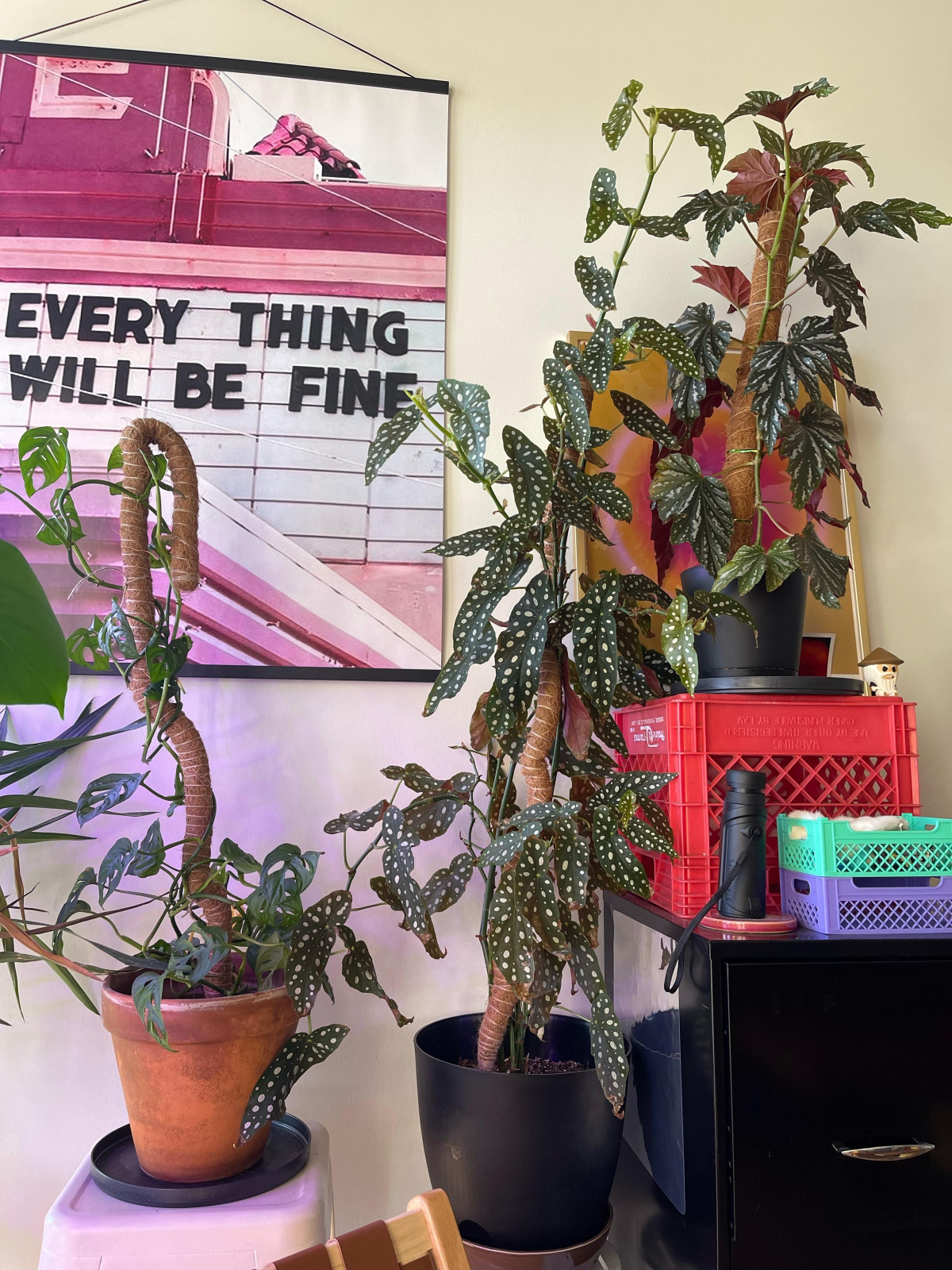
Humidity & Temperature: Your Ticket to Flawless Leaves
Remember, this is a rainforest plant. It wants humidity levels over 50%, but most of our homes are much drier, especially in winter. This low humidity is the main cause of crispy brown edges on the leaves. Misting is a temporary fix at best.
A better solution is to place the plant near a small humidifier or group it with other plants. My favorite trick is the pebble tray. Just fill a saucer with pebbles and water, and set the pot on top of the pebbles so it’s not sitting in the water. As the water evaporates, it creates a little humid microclimate right where the plant needs it.
Try this now: You can set up a humidity tray in less than 5 minutes. Grab any old saucer and some pebbles or small rocks from outside. It’s an instant upgrade for your plant!
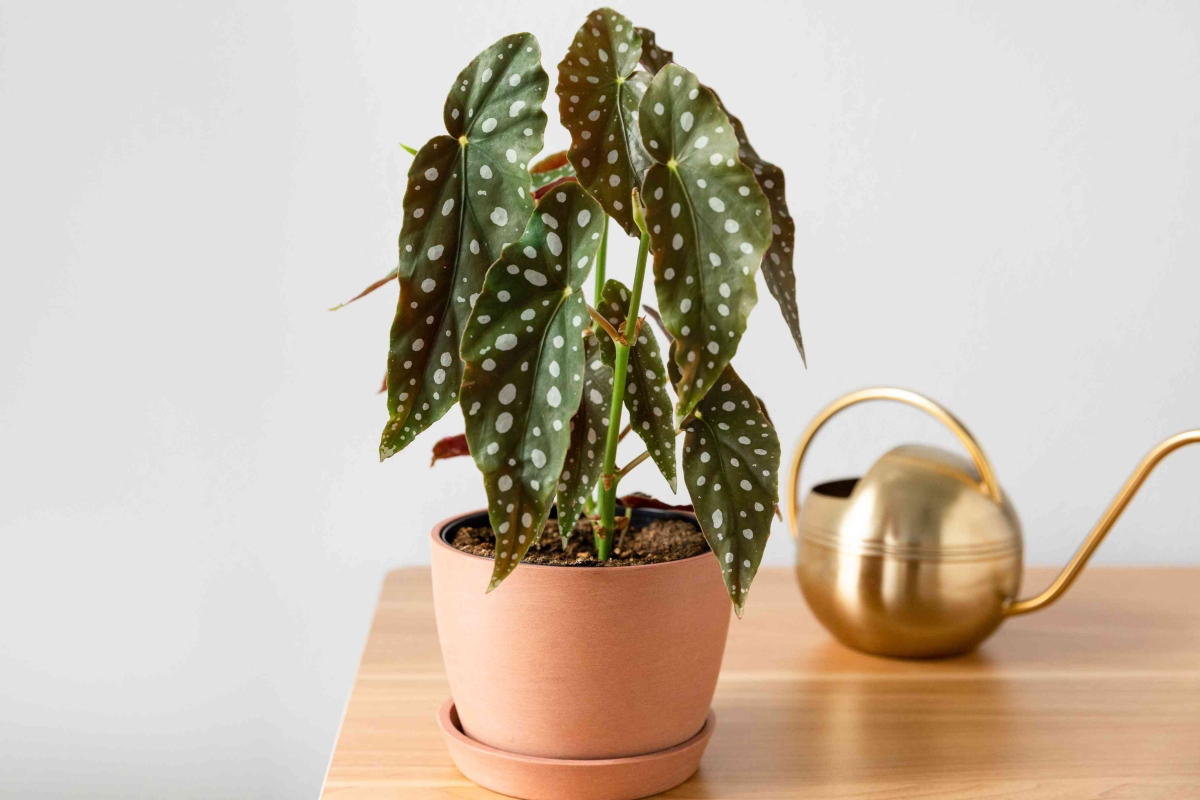
And I’ll admit, I learned this the hard way. I once placed a beautiful begonia too close to a heating vent in the fall, and the leaves crisped up in two days. A painful but valuable lesson in keeping their environment stable, ideally between 65-75°F (18-24°C).
The Fun Stuff: Flowers and Your Shopping List
Believe it or not, these plants flower! It’s such a great reward for good care. They produce these lovely hanging clusters of small white or pale pink flowers. There’s no special trick to it, really. If your plant is getting enough light and is generally happy and healthy, it will likely bloom for you during the spring and summer. It’s a sign you’re doing everything right.
Feeling ready to start? It can feel overwhelming, so here’s a simple shopping list to make it easy:
- The Plant: Expect to pay between $15 and $40, depending on the size and where you buy it.
- A Pot with Drainage: This is non-negotiable! Make sure it’s only 1-2 inches bigger than the nursery pot it came in.
- Your Soil Ingredients: A bag of potting mix, perlite, and orchid bark.
- Balanced Liquid Fertilizer (optional but good): A small bottle will last a long time.
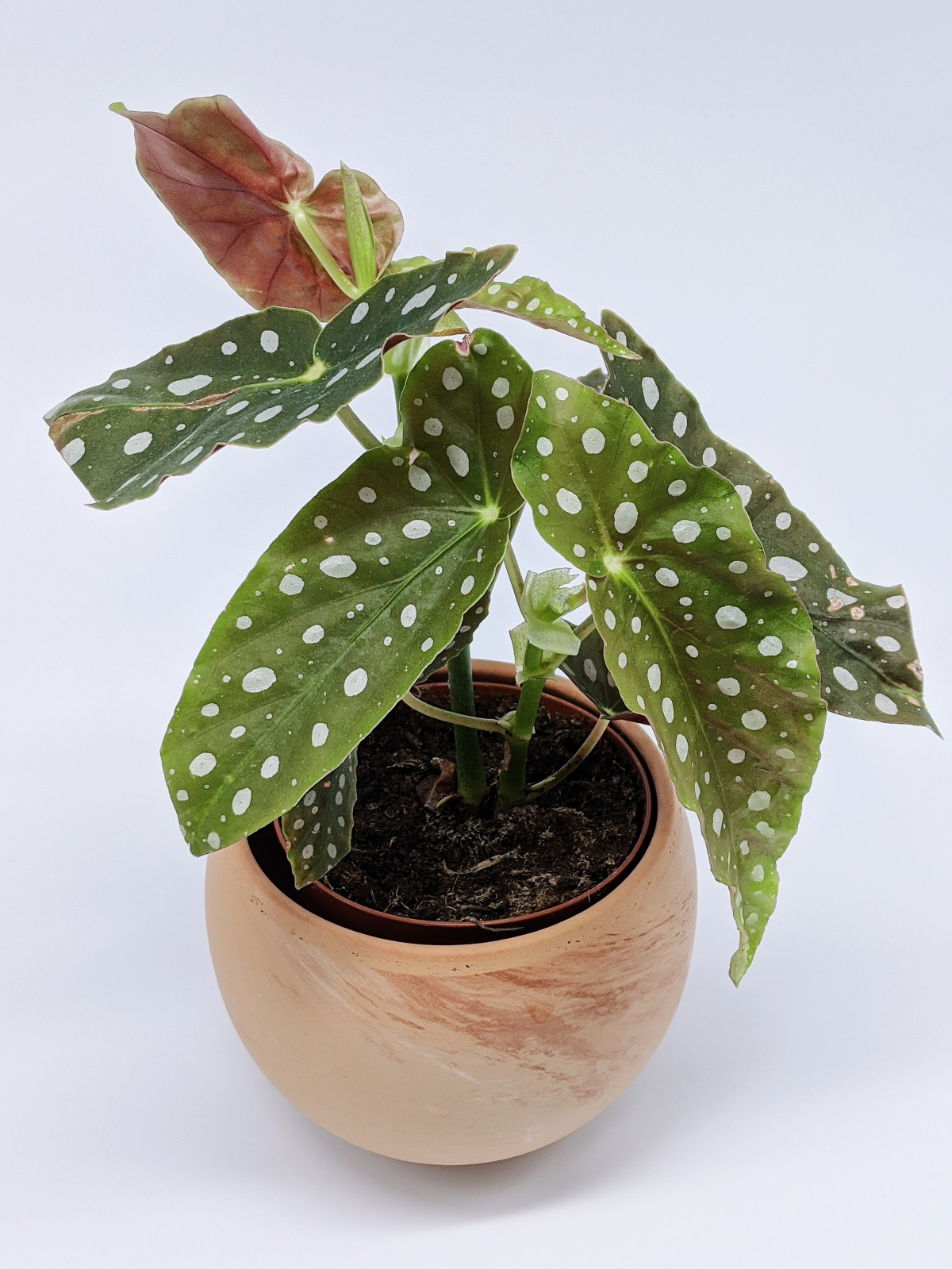
Hands-On Care: Pruning, Propagating, and Repotting
Pruning for a Bushy Plant
This is the real secret to getting that full, lush look. Pruning encourages the plant to branch out and get bushy instead of tall and sparse. The best time is spring. Grab some clean, sharp scissors, find a long stem, and cut about a quarter-inch above a node (the bump where a leaf is or was). It can feel brutal to chop it back, but trust me, the plant will thank you with a burst of new growth. And don’t throw those cuttings away!
Making New Plants for Free
Propagating these is incredibly easy and rewarding. The simplest way is in water.
- Take a cutting from your pruning that’s 4-6 inches long with a few nodes.
- Pull off the lowest leaf or two.
- Stick the cutting in a glass of water, making sure at least one bare node is underwater.
- Place it in a bright spot and change the water every few days.
- In 2-4 weeks, you’ll see little white roots start to sprout! Once they’re about an inch long, you can plant your new baby in that airy soil mix you made.
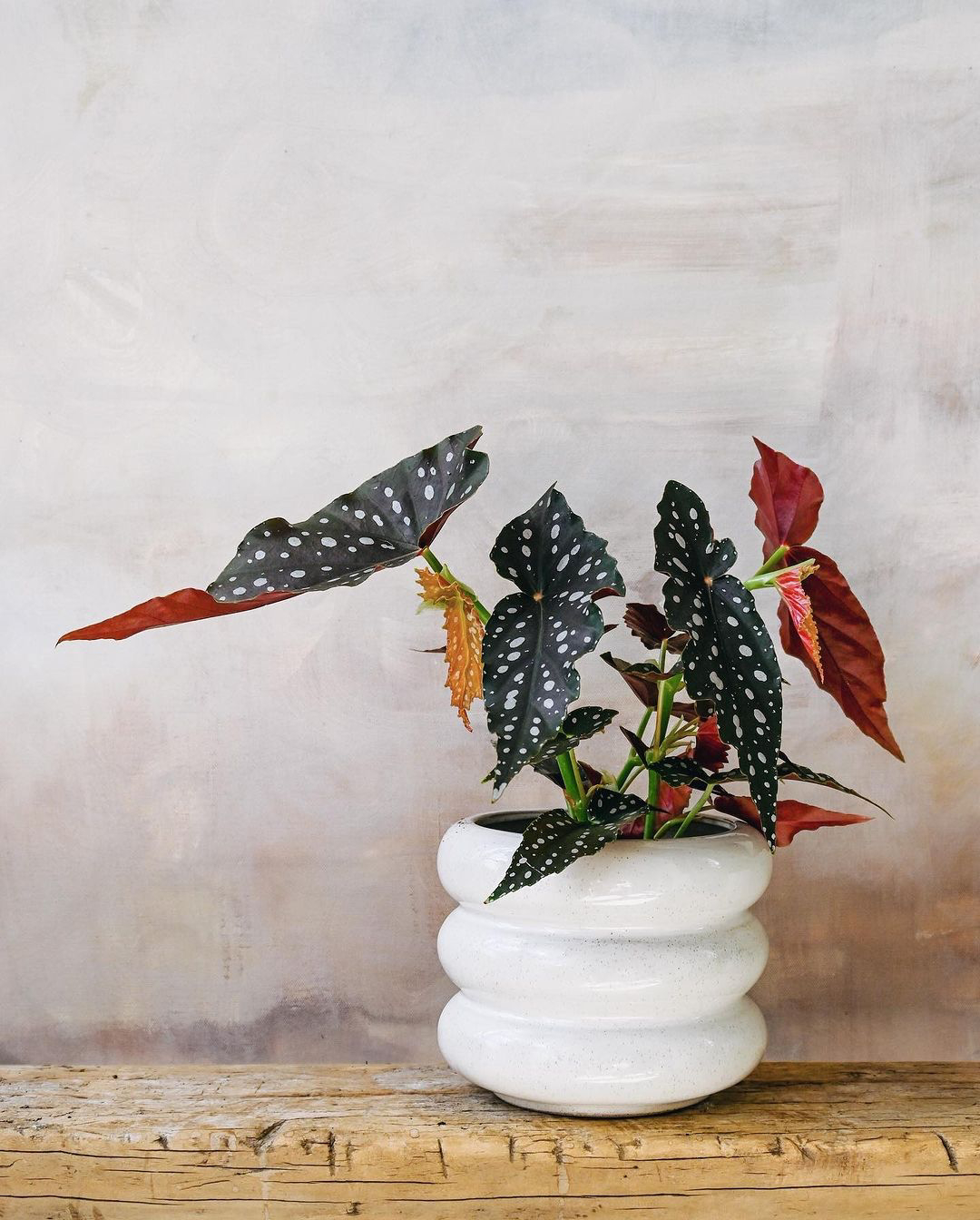
Repotting: Less Often Than You Think
These begonias actually like being a little snug in their pot. A pot that’s too big holds too much soil, which stays wet for too long and leads to—you guessed it—root rot. I only repot mine every 2-3 years, or when I see roots coming out the bottom. When you do repot, only go up one pot size (about 1-2 inches in diameter). Any more than that will shock the plant.
Help! What’s Wrong With My Begonia?
Even with great care, things happen. Here’s a quick guide to what your plant might be telling you.
Symptom: Lower leaves are turning yellow and soft.
This is almost always a sign of overwatering. The soil is staying wet for too long. Let it dry out more between waterings and make sure the pot has good drainage.
Symptom: Leaves have crispy, brown edges.
The air is too dry! This is a cry for more humidity. A pebble tray or a humidifier is the best fix. It can also be a sign of minerals building up from tap water.
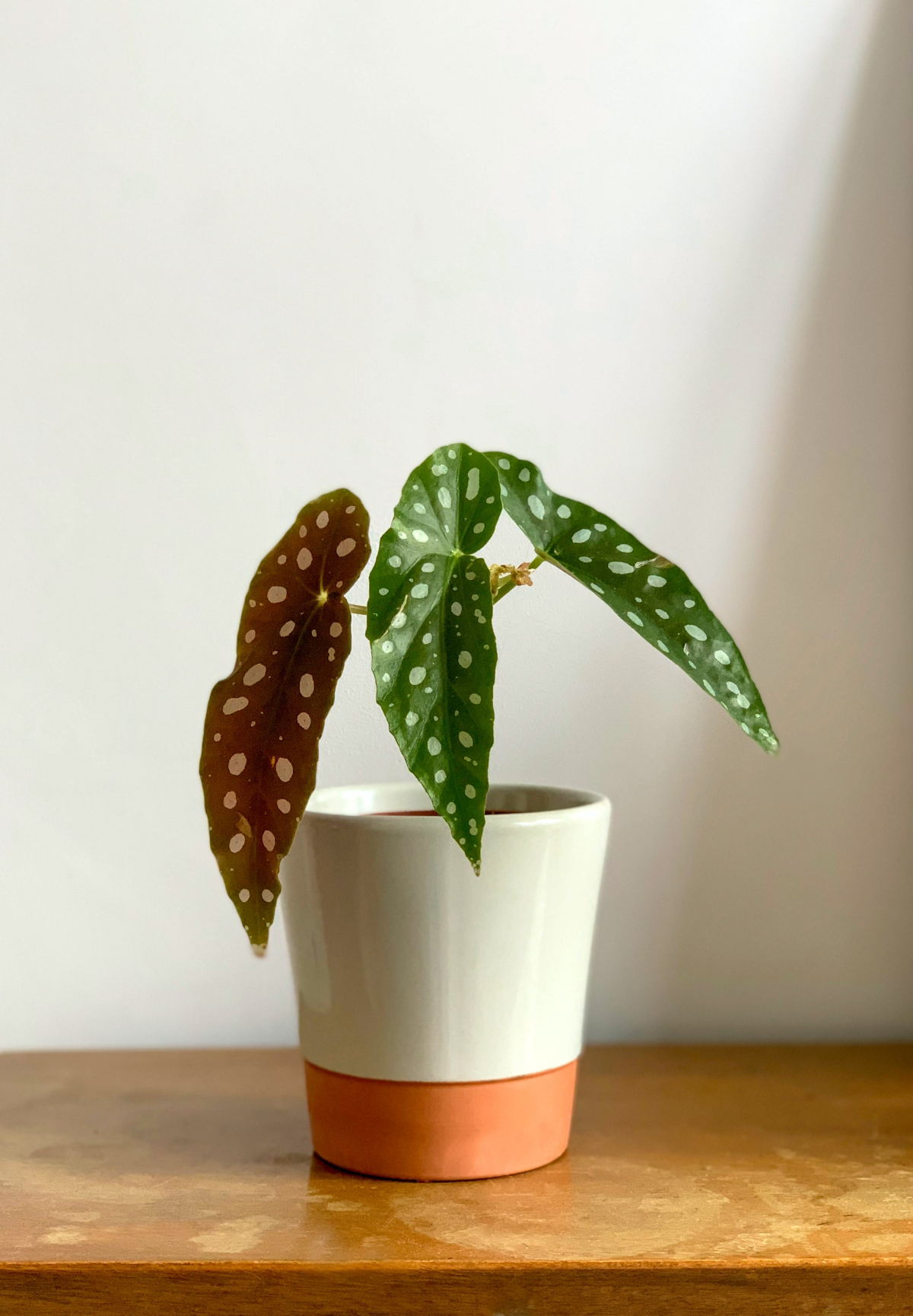
Symptom: The whole plant is droopy and limp.
It’s thirsty! This is a clear sign of underwatering. Give it a thorough soak, and it should perk back up in a few hours. This is much better than the yellow-leaf problem!
Symptom: A white, powdery film is on the leaves.
That’s powdery mildew, a common fungal issue for begonias. It loves stagnant air. Increase air circulation around the plant. For a mild case, a spray of 1 part milk to 9 parts water can work wonders.
Symptom: Tiny webs under leaves or little white cottony specks.
You’ve got pests, likely spider mites or mealybugs. Isolate the plant immediately. You can wipe off mealybugs with a cotton swab dipped in rubbing alcohol. For either pest, a good spray-down with insecticidal soap or neem oil (especially under the leaves) is the best treatment. Repeat every week for a few weeks to get them all.
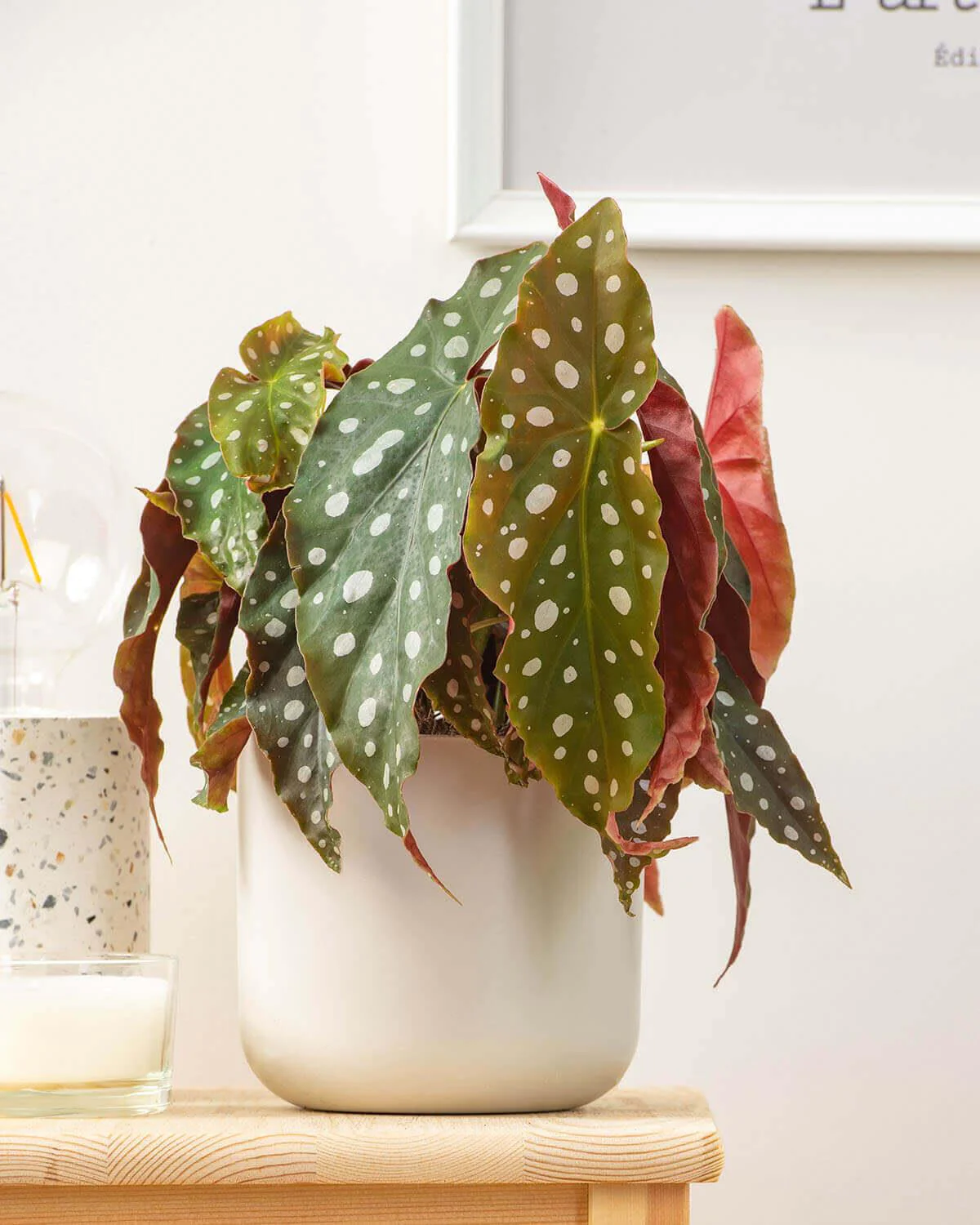
Ultimately, the best tool you have is observation. Look at your plant every day. Touch the soil. Notice the leaves. It will give you clues long before a small issue becomes a big problem. This guide gives you the framework, but paying attention to your own plant in your own space will make you the real expert.
Galerie d’inspiration
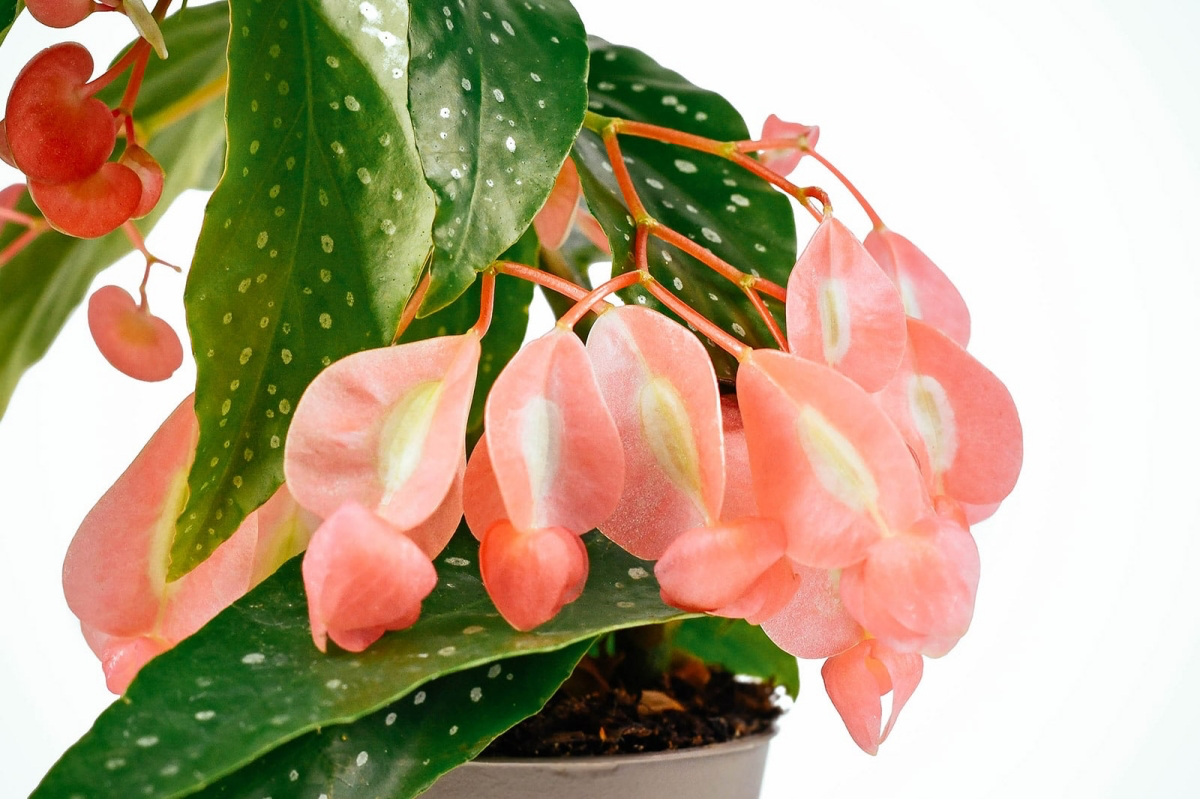
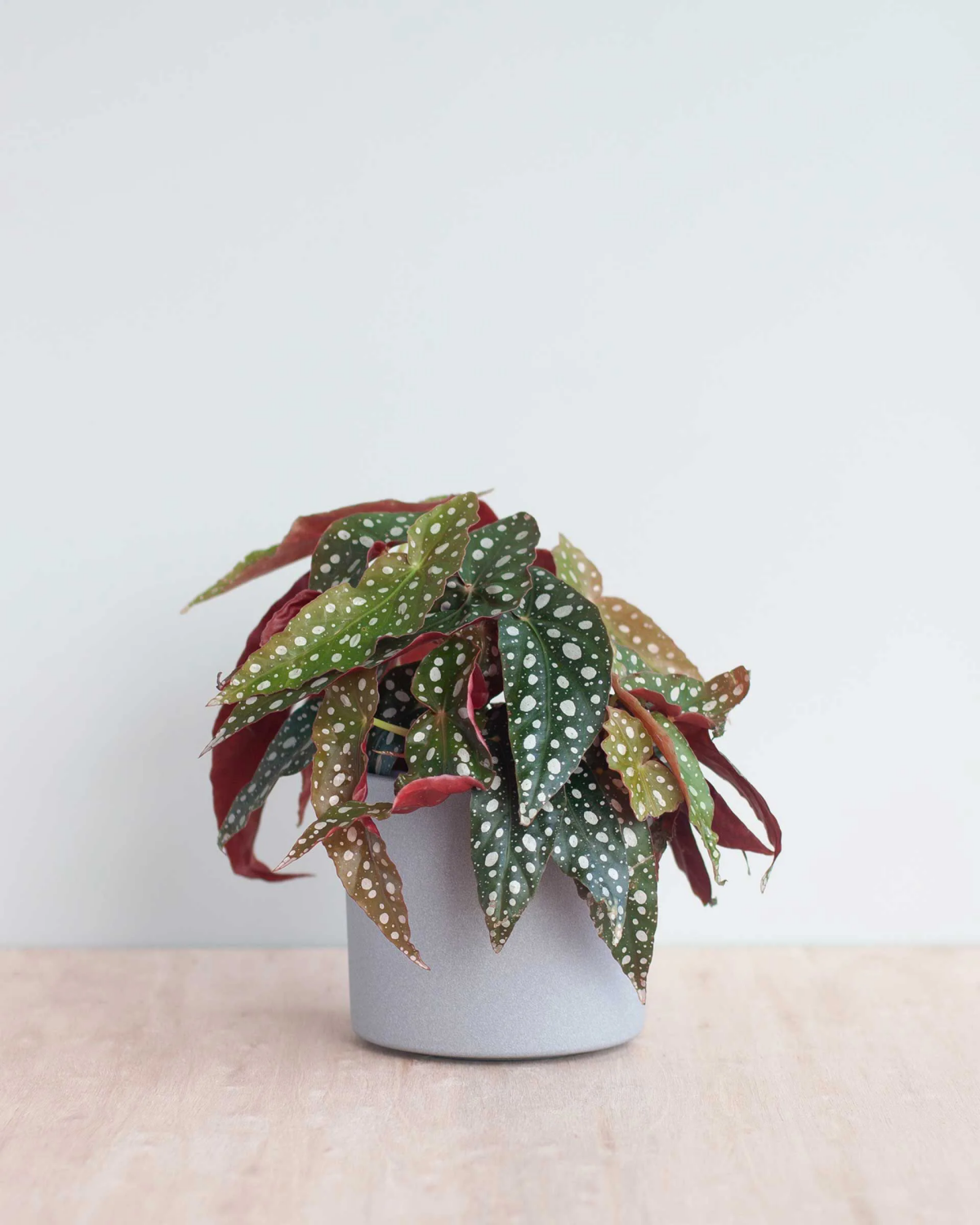
Your begonia’s happiness starts at its roots. Forget generic potting soil, which holds too much water and can lead to root rot. Create a custom airy mix instead! A great recipe is one part high-quality indoor potting soil, one part perlite for aeration, and one part orchid bark for chunky texture and excellent drainage. This combination mimics the loose, rich floor of its native rainforest habitat.
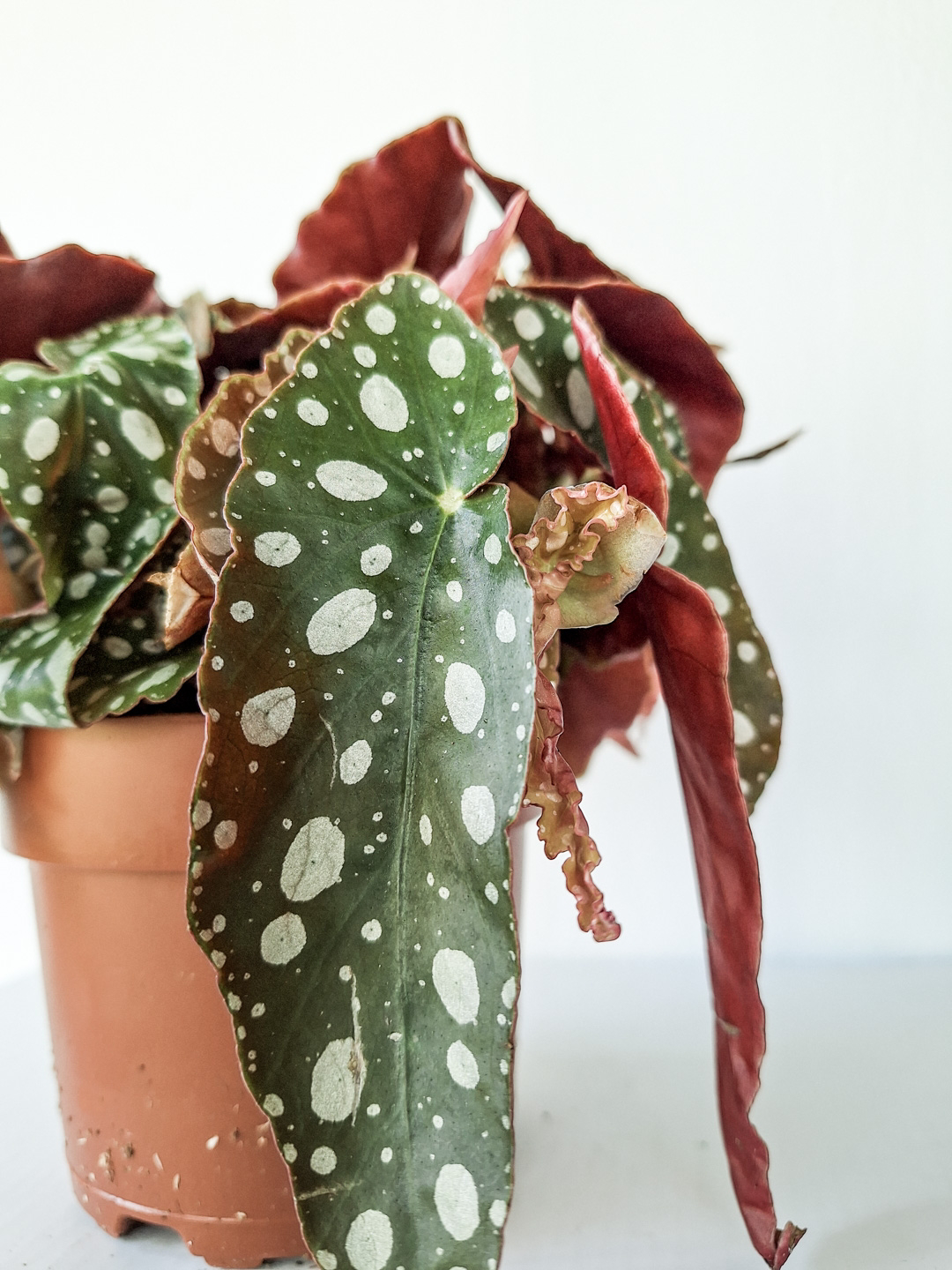
- Vibrant, plentiful silver spots.
- Lush, compact growth instead of long, bare stems.
- The occasional bonus of delicate white flower clusters.
The secret? It’s all about the light. While it survives in lower light, it truly thrives and shows its best colors in consistent, bright, indirect light. An east-facing window or a spot a few feet back from a west-facing one is perfect.

The Begoniaceae family is one of the largest flowering plant families, with over 2,000 known species, primarily found in tropical and subtropical moist climates.
This huge diversity explains why general ‘begonia care’ advice can be misleading. The specific needs of a cane begonia like the ‘maculata’ are quite different from those of a rex or tuberous variety. Understanding its specific lineage is key to its care.

Wondering how to get that full, bushy look?
The answer is confident pruning. Don’t be afraid to snip! When your plant gets leggy, cut the main stem back by about a third, making your cut just above a leaf node (the little bump where a leaf emerges). This encourages the plant to branch out from below, creating a much fuller and more compact shape. Plus, you can easily propagate the piece you just cut off!
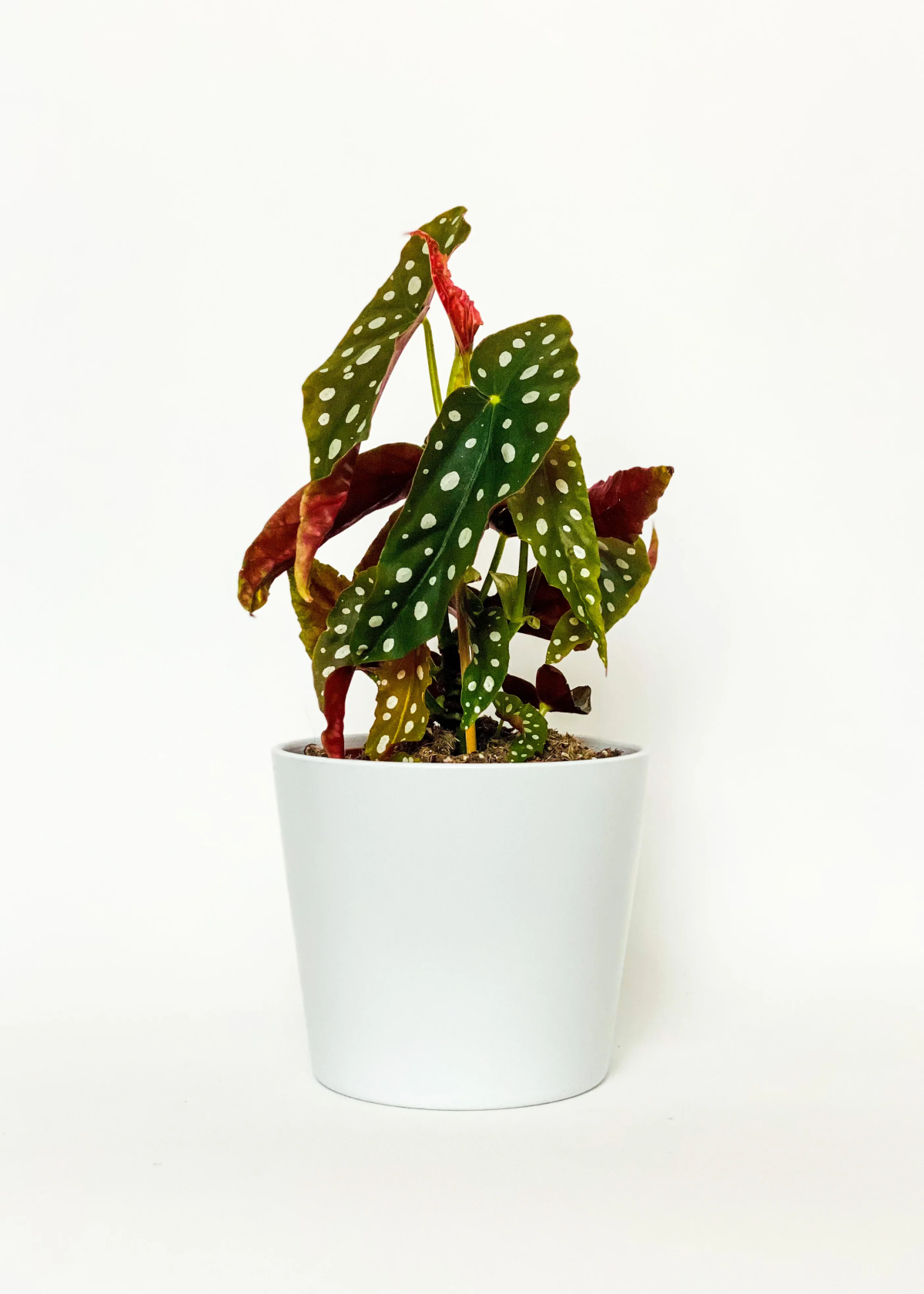
Crucial Tip: Resist the urge to mist the leaves. While Polka Dot Begonias love humidity, wet foliage is a direct invitation for powdery mildew, a chalky fungal disease they are notoriously prone to. Instead of misting, boost ambient humidity by placing the pot on a pebble tray filled with water or using a small humidifier nearby.
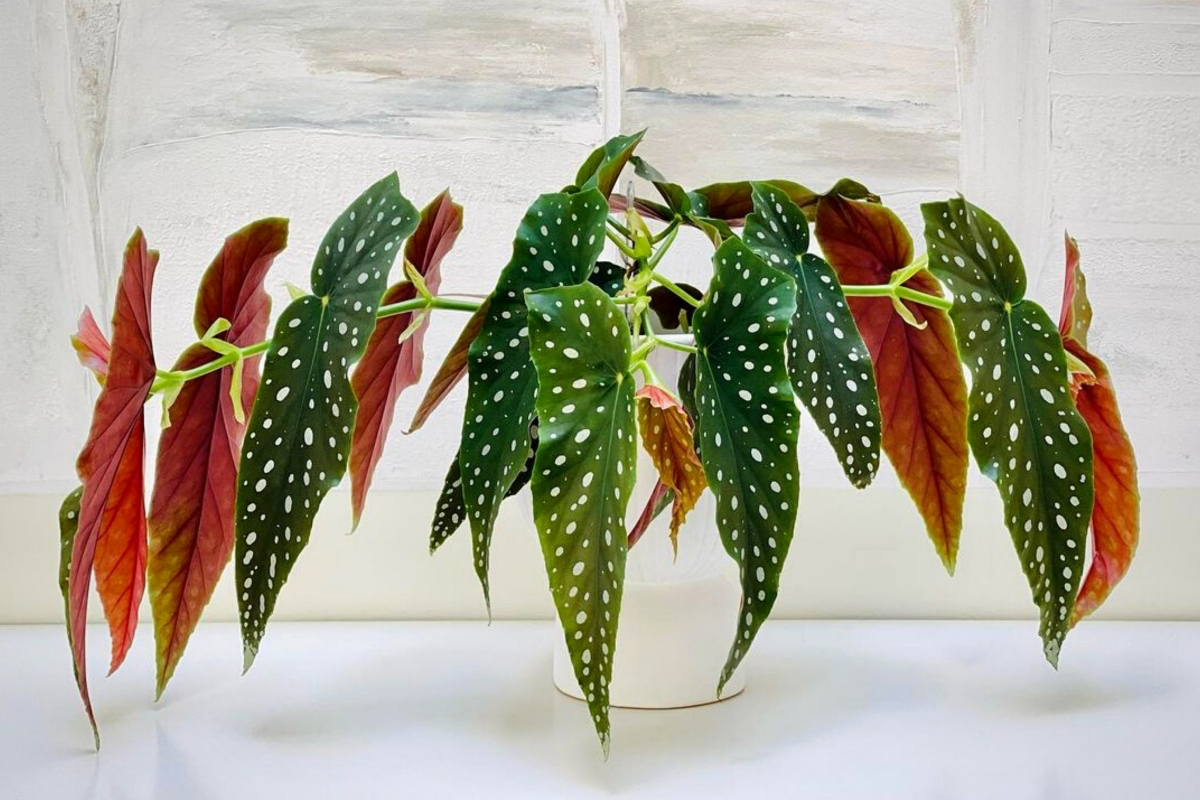
Feeding your begonia is simple but essential during its growing season (spring and summer). Think of it as a light snack, not a heavy meal.
- Choose a balanced liquid houseplant fertilizer, like Schultz 10-15-10 Plant Food Plus.
- Dilute it to half the recommended strength to avoid burning the sensitive roots.
- Apply it every 2-4 weeks with your regular watering.
- Hold off on fertilizer completely during the dormant fall and winter months.
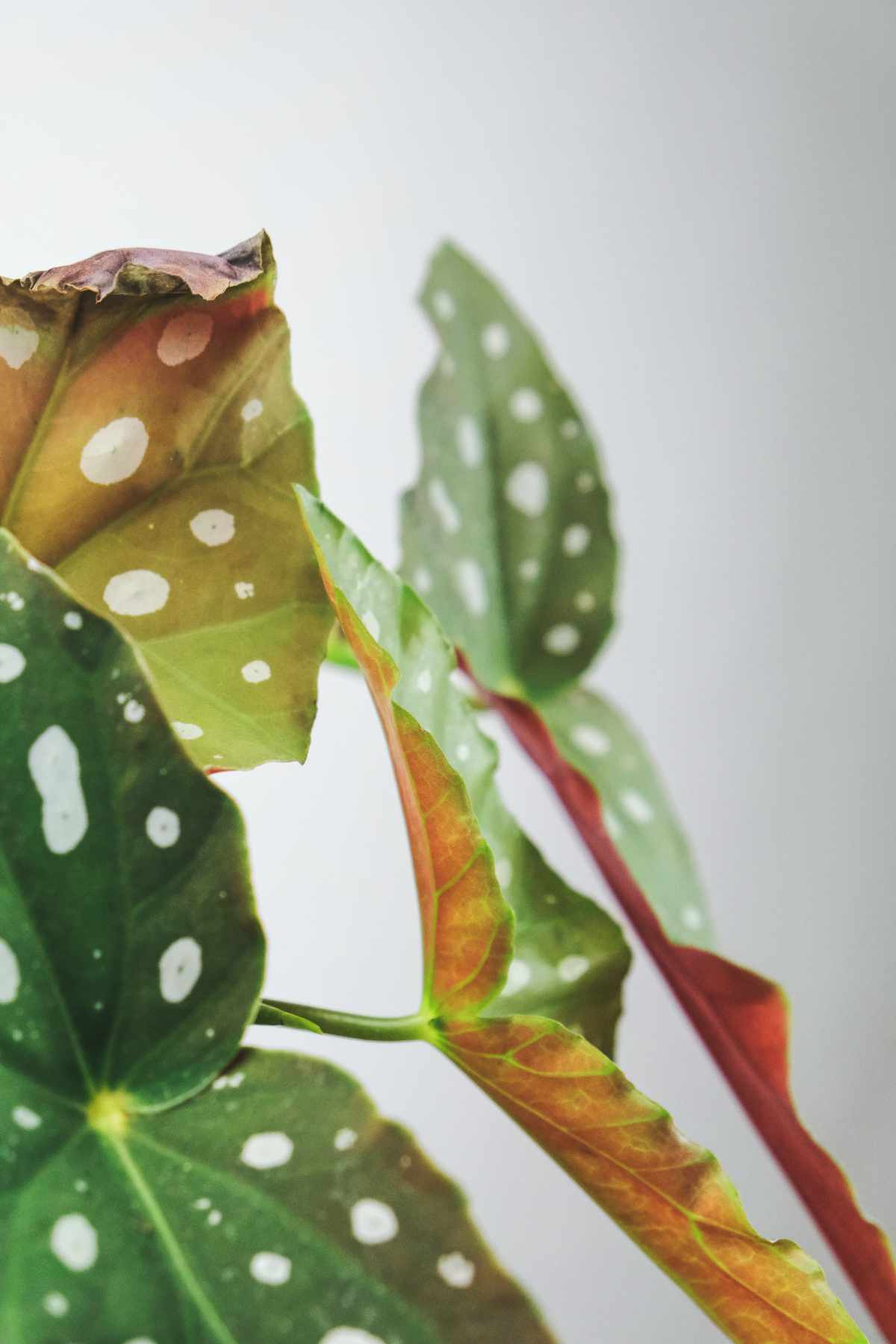
- Find a healthy stem and make a clean cut about 4-6 inches long, ensuring it has at least two or three nodes (the bumps on the stem).
- Carefully remove the leaves from the bottom half of the cutting.
- Place the cutting in a glass of water, making sure the nodes are submerged but the remaining leaves are not.
- Put it in a spot with bright, indirect light and change the water weekly. You should see roots in a few weeks!
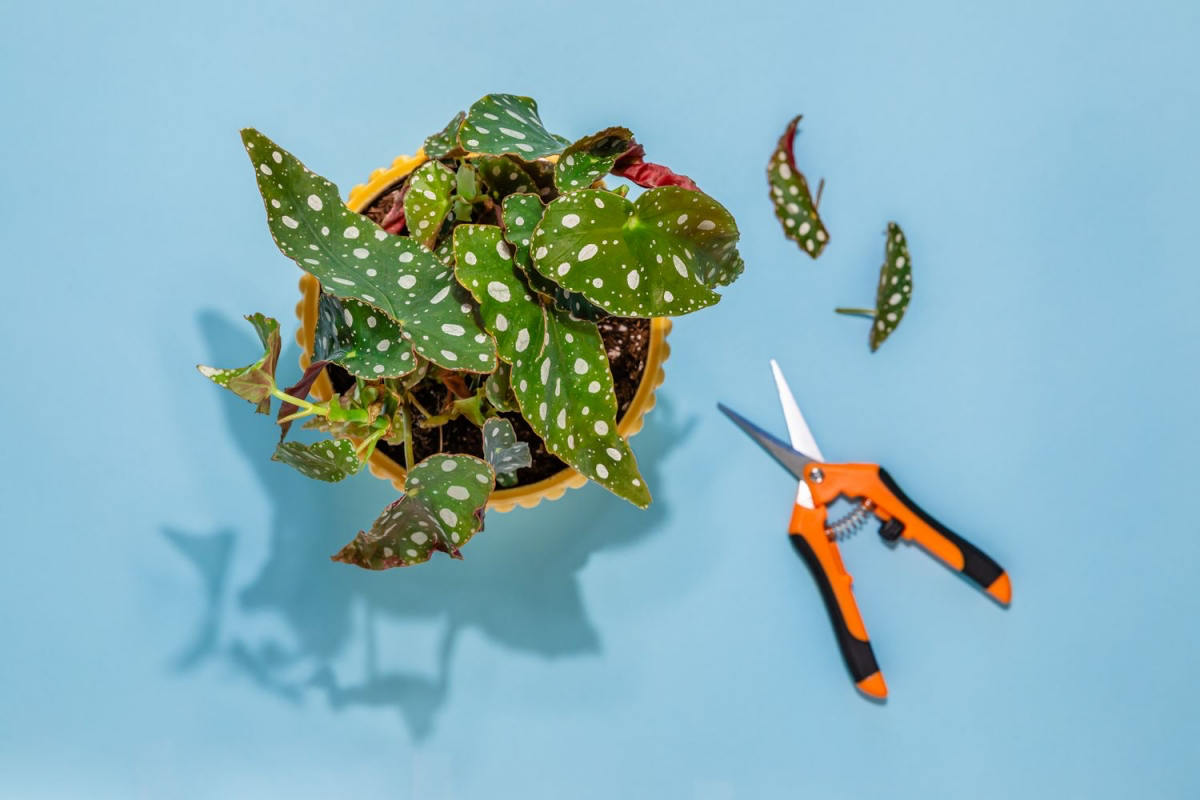
Terracotta Pot: Highly porous, this classic material wicks moisture away from the soil, allowing it to dry out faster. This is a fantastic safeguard against overwatering, a common begonia killer.
Glazed Ceramic or Plastic Pot: Non-porous, these pots retain moisture for much longer. They are a good choice if you live in a very dry climate or tend to be an forgetful waterer.
For the Begonia maculata, which despises soggy feet, a terracotta pot is often the safer, more forgiving option.
All parts of the Begonia maculata contain microscopic, needle-shaped calcium oxalate crystals.
When chewed by a pet, these sharp crystals cause immediate and painful irritation to the mouth, tongue, and throat. While rarely fatal, it leads to intense discomfort, drooling, and difficulty swallowing. Always place your begonia well out of reach of curious cats, dogs, and children.










